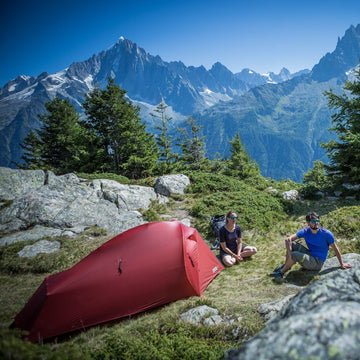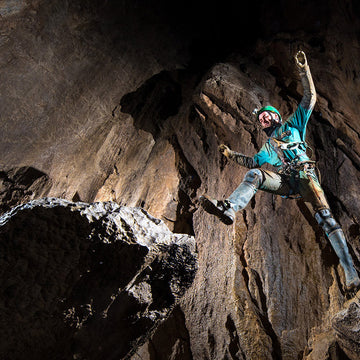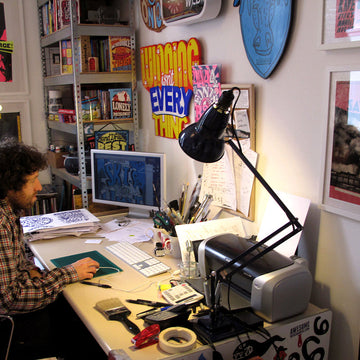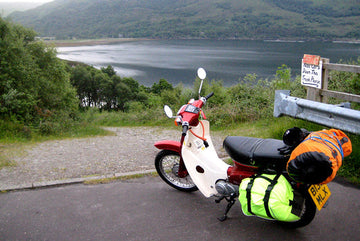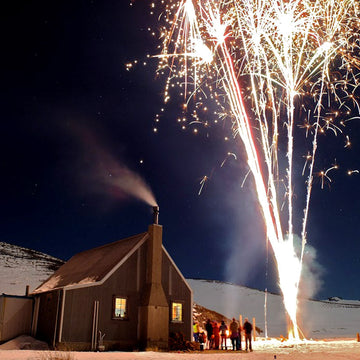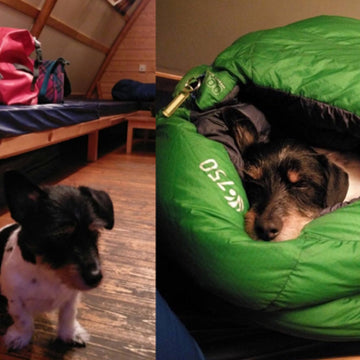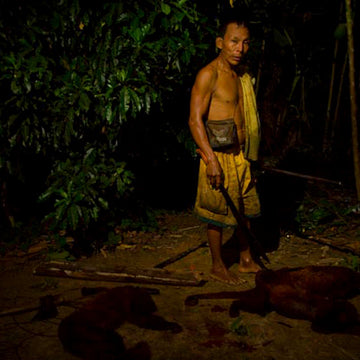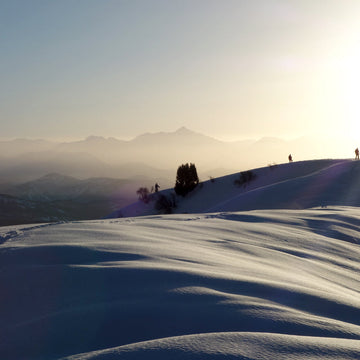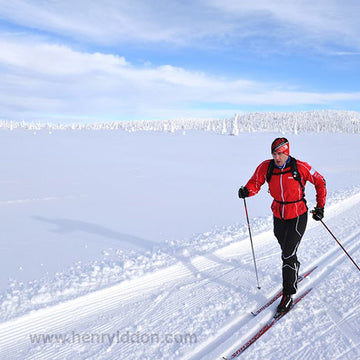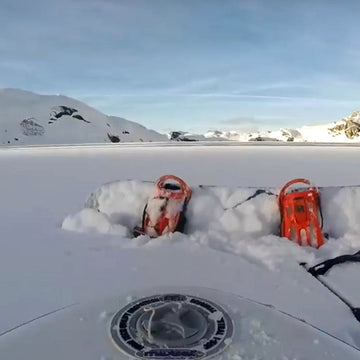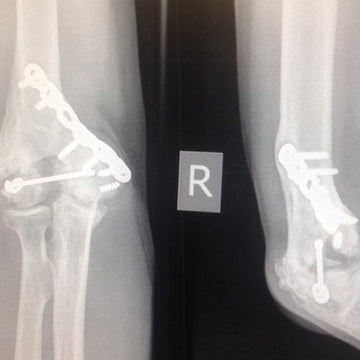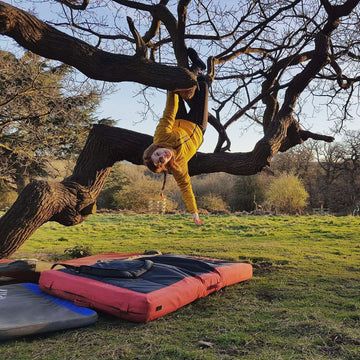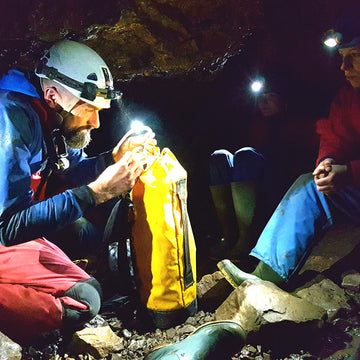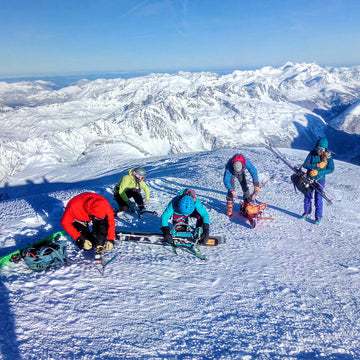South Island canyoning, descending into New Zealand's rugged canyons.
Sh*t. Sh*t. Sh*t. I say to myself while the full force of a pretty high volume waterfall pounds on my helmet. I've just spotted a knot in the rope a metre or so below me that I really didn't expect, and really didn't want. I try and force myself to take it easy and think. Can I still breathe okay? Yeah, I guess, thanks to the helmet deflecting most of it off my face. Am I going to get flipped upside down? I've got to be super careful and keep my legs low. Now how am I going to pass that knot when I'm on double rope without a shunt or prusik? Think Richard, think.
In January of this year a group of us congregated in the South Island of New Zealand for a canyoning road trip. It is probably one of the biggest, most diverse group of canyoners that has ever assembled in New Zealand - with around 15 people from the UK, US, France, Australia, and NZ. Recreational canyoning is still small-fry in NZ, with just a handful of people regularly doing trips, yet there's massive potential to open long, committing, high volume canyons. Which is exactly what our group hoped to do over 2-3 weeks in the Haast Pass and Mt Cook regions. NZ is a world class kayaking destination, and it will almost certainly be a world class canyoning destination one day too.
We gathered at a windswept campsite nestled underneath the imposing figure of New Zealand's highest mountain. Everyone was playing it cool, but there was definitely some excitement in the air. However on that day (and most others as it was to turn out) the weather gods hadn't come to the party, with heavy rains falling earlier that week. Dropping into unknown canyons in pretty remote places is committing enough as it is, so anything above normal river flows and they become absolute no-gos. One of our team had spotted a few waterfalls at the bottom of what we'd normally assume to be a rock filled creek not big enough to be a proper canyon, but all our other plans were scuppered, and a closer inspection from the bottom showed that it looked half promising. So 12 of us headed up the mountain with ludicrous amounts of gear - drills, bolts, 300+ metres of rope etc. And so began the not-so-mighty tale of 'Cock-Shot Canyon'. On the way up we passed a near dry shingle bed and one of us joked "I bet that's our canyon". After another few hundred metres it dawned on us that it was indeed our canyon. We ended up bush-bashing our way down steep shingle for the better part of two hours, before finally coming to the top of the same short series of waterfalls we had seen from the road. We gave the canyon its name because, as a form of protest, Nick decided to descend it in just his boxer shorts, which made for some interesting photo opportunities!

Such is life in a sport where you are so dependent on good weather. As any mountaineer will tell you, for every story of an epic summit day, there are many more to be told of days spent waiting in huts or bivys for the weather to clear. We still consider our expedition a success – we descended a number of epic new canyons (just not as many as we would have liked) and have prepared topos that should one day make it into NZ's first canyoning guidebook. Highlights include descending a new canyon which finishes with the famous Bridal Veil Falls in Arthurs Pass (an epic 70m waterfall, clearly visible from the popular tourist lookout) and Zig Zag Creek, a beautiful, technical canyon in the Haast Pass; which leads me back to the dodgy situation I started this article with.

We still have unfinished business in the Southern Alps, so we have plans for another expedition later this year - fingers crossed the weather comes to the party.
Thanks to our sponsors Lyon Outdoor and Alpkit for supporting our adventures on the other side of the world. To find out more about canyoning in New Zealand, go to Kiwi Canyons.
